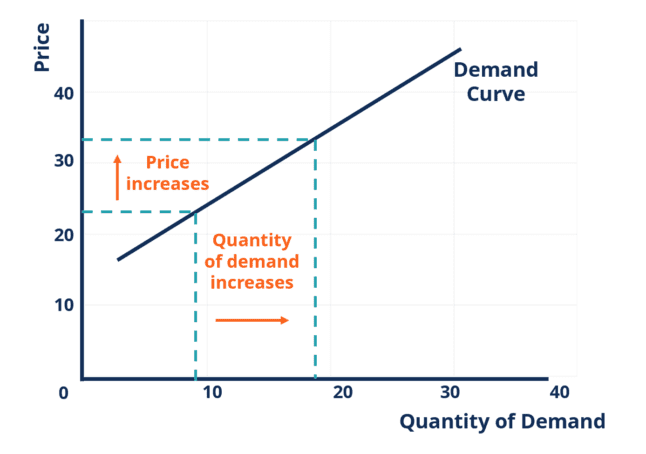Giffen Goods

✅ Giffen Goods – Explained
Definition:
A Giffen good is a rare type of inferior good where demand increases when the price increases, violating the basic law of demand. This counterintuitive behavior happens because of a strong negative income effect that outweighs the substitution effect.
🔍 Key Characteristics of Giffen Goods:
-
Inferior Nature:
Giffen goods are a subclass of inferior goods—demand for them falls when income rises. -
Lack of Substitutes:
These goods usually have no close substitutes, especially for the low-income groups relying heavily on them. -
Large Share of Income:
The good must represent a large proportion of the consumer’s budget, making the income effect more significant when prices change. -
Negative Income Effect > Substitution Effect:
Normally, when the price of a good rises, people substitute it with a cheaper alternative. But in the case of Giffen goods, the rise in price effectively reduces real income, forcing the consumer to buy more of the cheaper staple and less of expensive alternatives.
📈 How It Works – Example:
Let’s say a very poor household spends most of its money on cheap bread (a Giffen good) and a small portion on meat (a luxury good):
-
If the price of bread rises, their real income effectively falls.
-
To afford basic calories, they may cut down on meat and buy more bread to stay full.
-
Result: Despite the higher price, demand for bread increases.
❗ Important Notes:
-
Giffen goods are theoretical and extremely rare in the real world.
Veblen Goods

✅ Veblen Goods – Explained
Definition:
Veblen goods are a type of luxury good where demand increases as the price increases, because the high price itself makes the good more desirable. This behavior violates the law of demand, but unlike Giffen goods, it’s driven by status-seeking or prestige, not necessity.
🔍 Key Characteristics of Veblen Goods:
-
Luxury & Status Symbol:
These goods are purchased not just for utility, but to signal wealth, taste, or social class. -
Positive Price-Demand Relationship:
As price increases, the good becomes more exclusive, which increases its appeal to status-conscious buyers. -
Perceived Quality:
Consumers may associate higher price with higher quality, even if the functional difference is minor or nonexistent. -
Not Necessities:
Unlike Giffen goods, Veblen goods are non-essential, and often superfluous. -
High Income Elasticity:
They have very high positive income elasticity—demand rises significantly as income rises.
👜 Examples of Veblen Goods:
-
Designer handbags (e.g., Hermès, Louis Vuitton)
-
Luxury watches (e.g., Rolex, Patek Philippe)
-
High-end sports cars (e.g., Ferrari, Lamborghini)
-
Couture fashion
-
Exclusive jewelry and rare art pieces
🧠 Why People Buy Veblen Goods:
-
Status signaling: To show off wealth or elite taste.
-
Exclusivity appeal: Rarity makes the item more desirable.
-
Social comparison: To stand out or “keep up with the rich.”
❗ Important Distinction – Giffen vs. Veblen Goods:
| Feature | Giffen Goods | Veblen Goods |
|---|---|---|
| Type of good | Inferior good | Luxury good |
| Demand rises with price? | Yes, due to income effect | Yes, due to status/prestige effect |
| Income elasticity | Negative | Strongly positive |
| Reason for buying more | Lack of money/necessity | Show off wealth/status |
| Example | Cheap staple food (e.g., bread) | Rolex, Gucci, Ferrari |